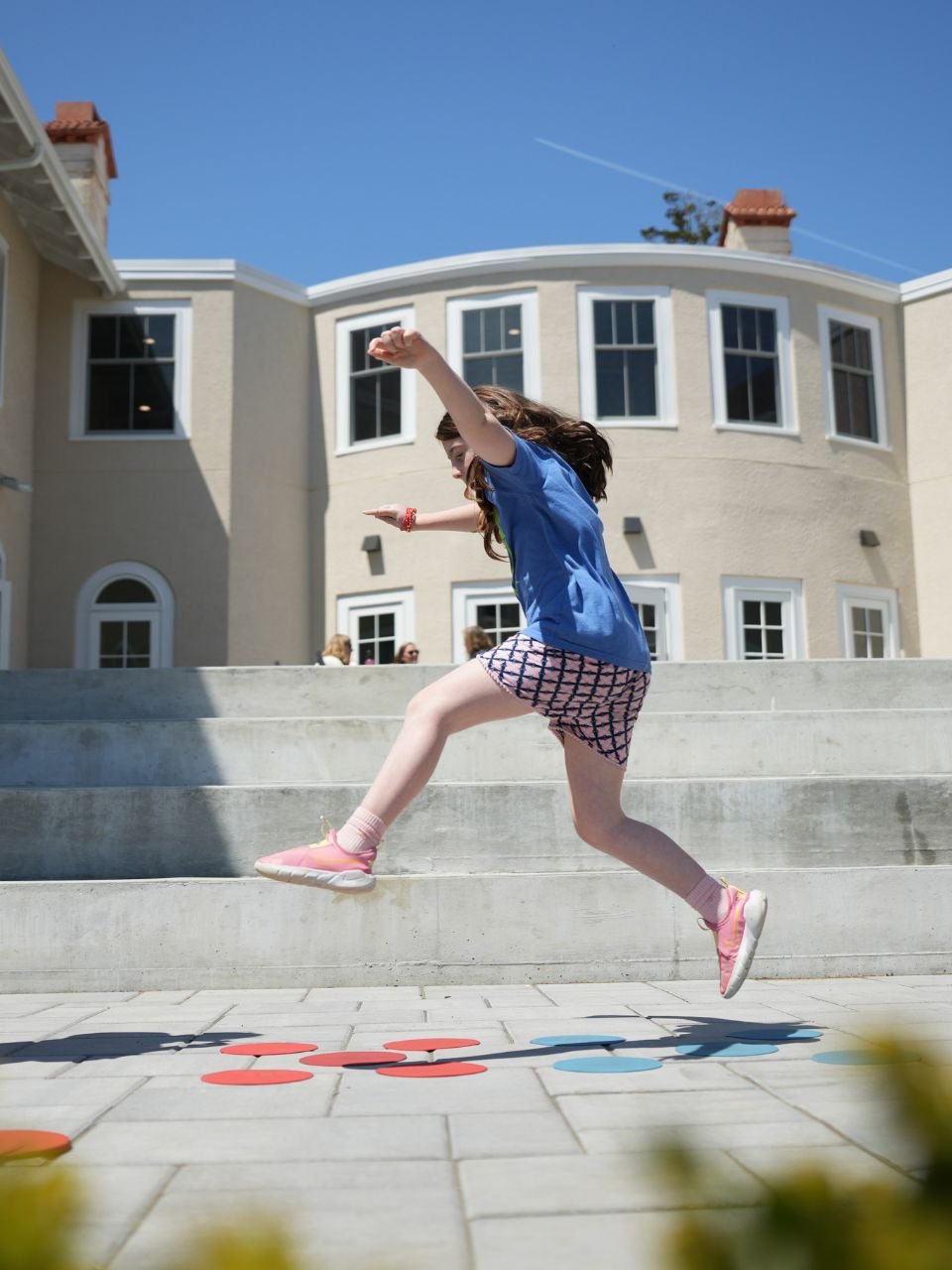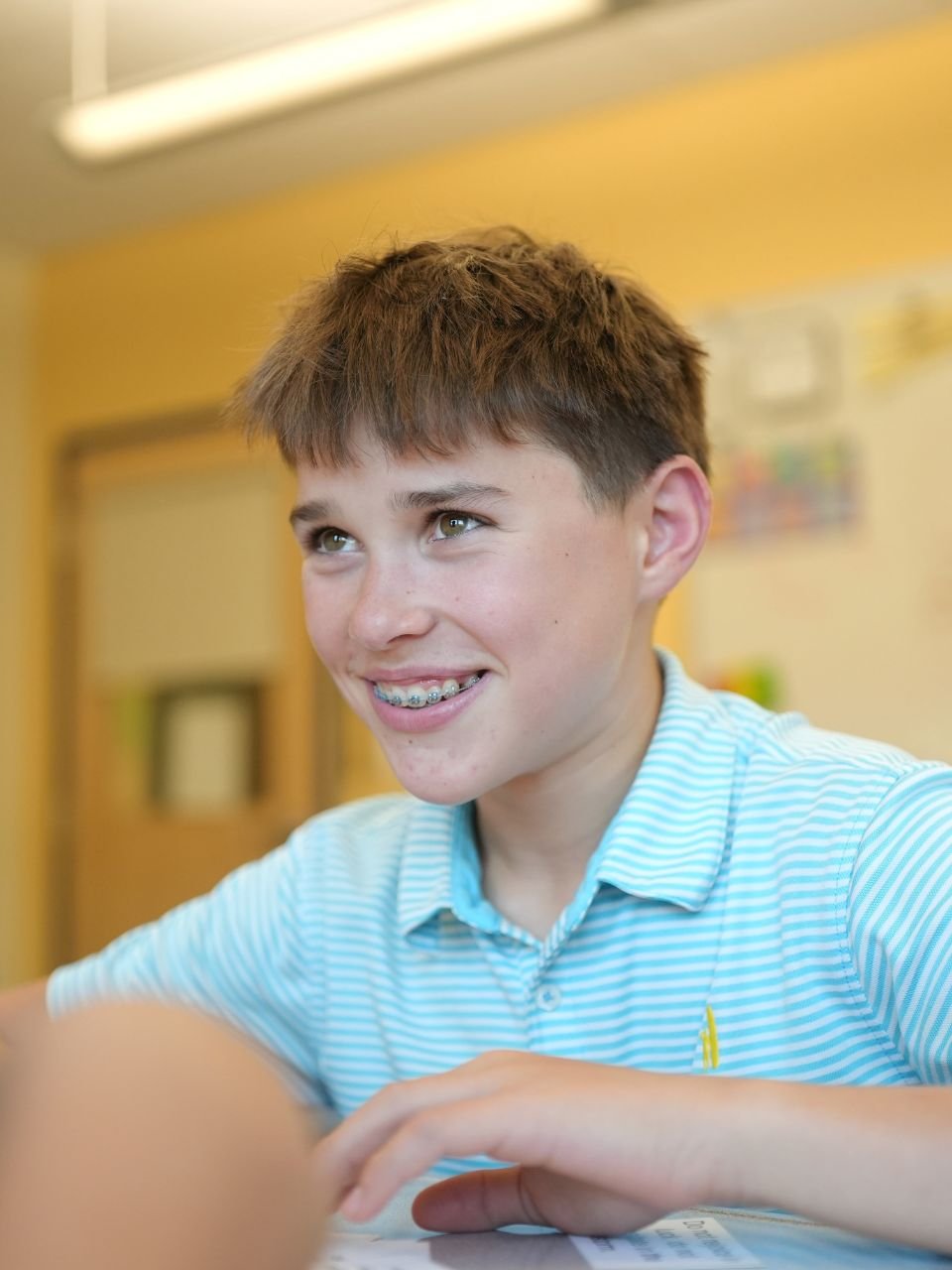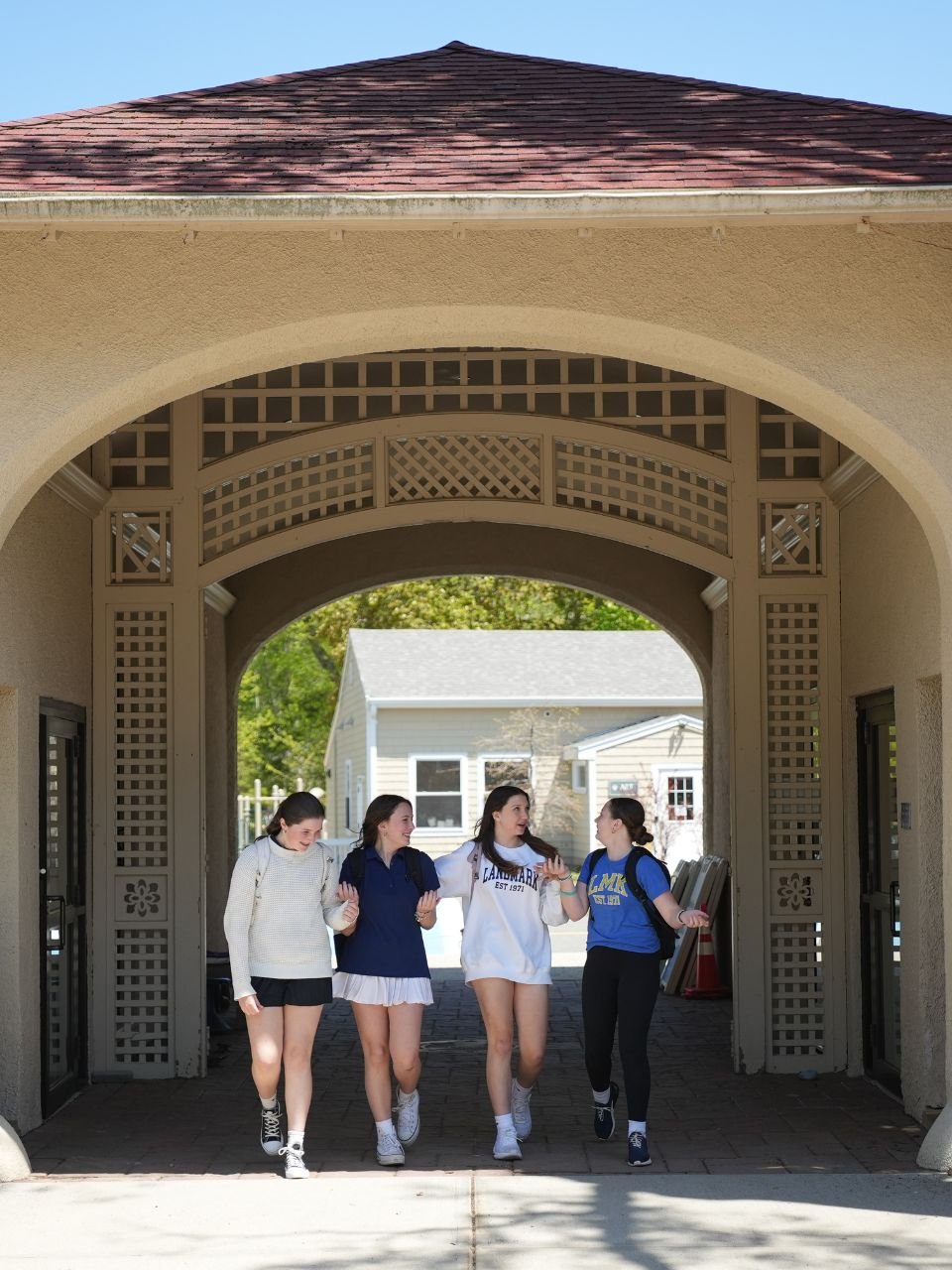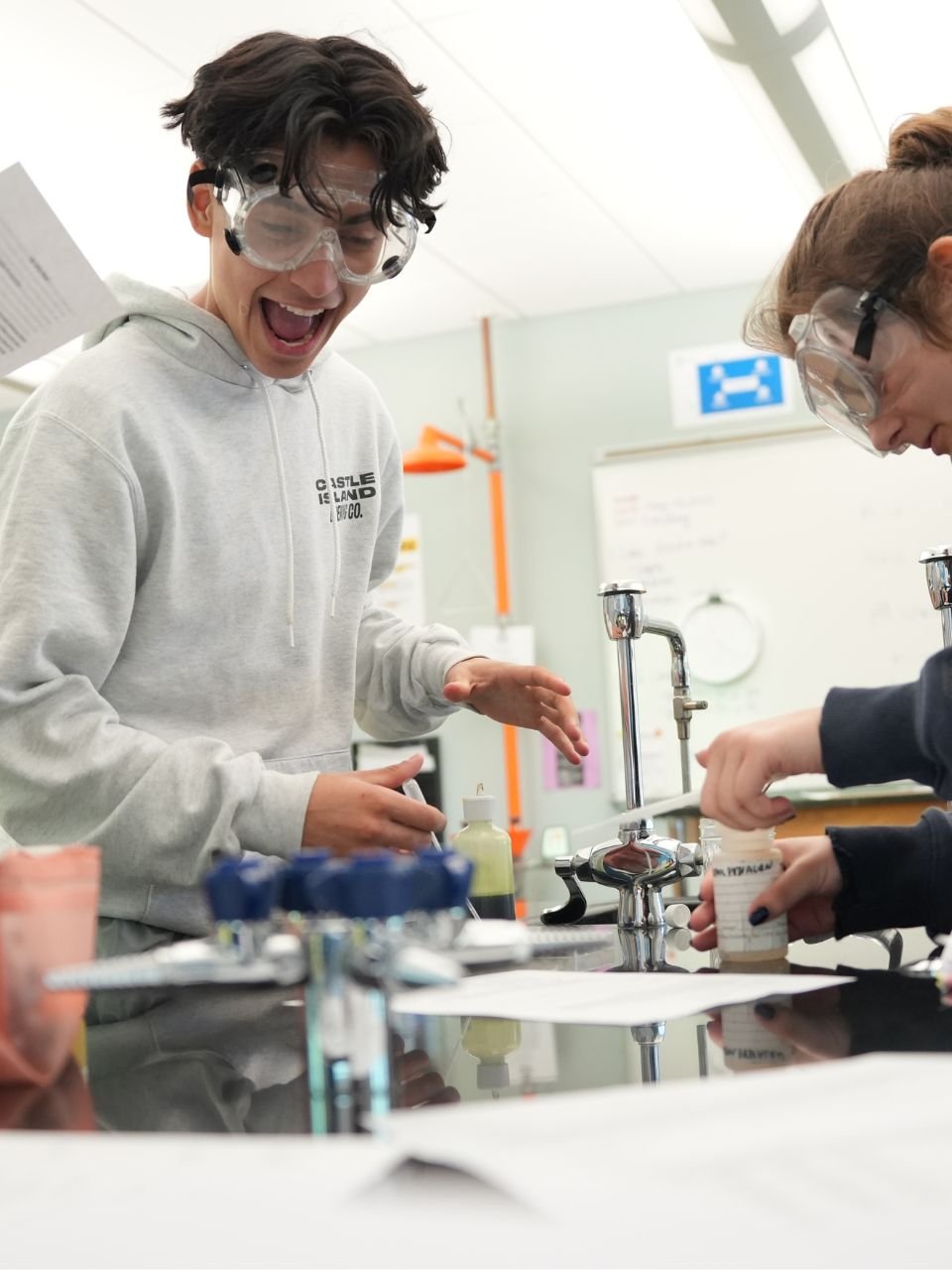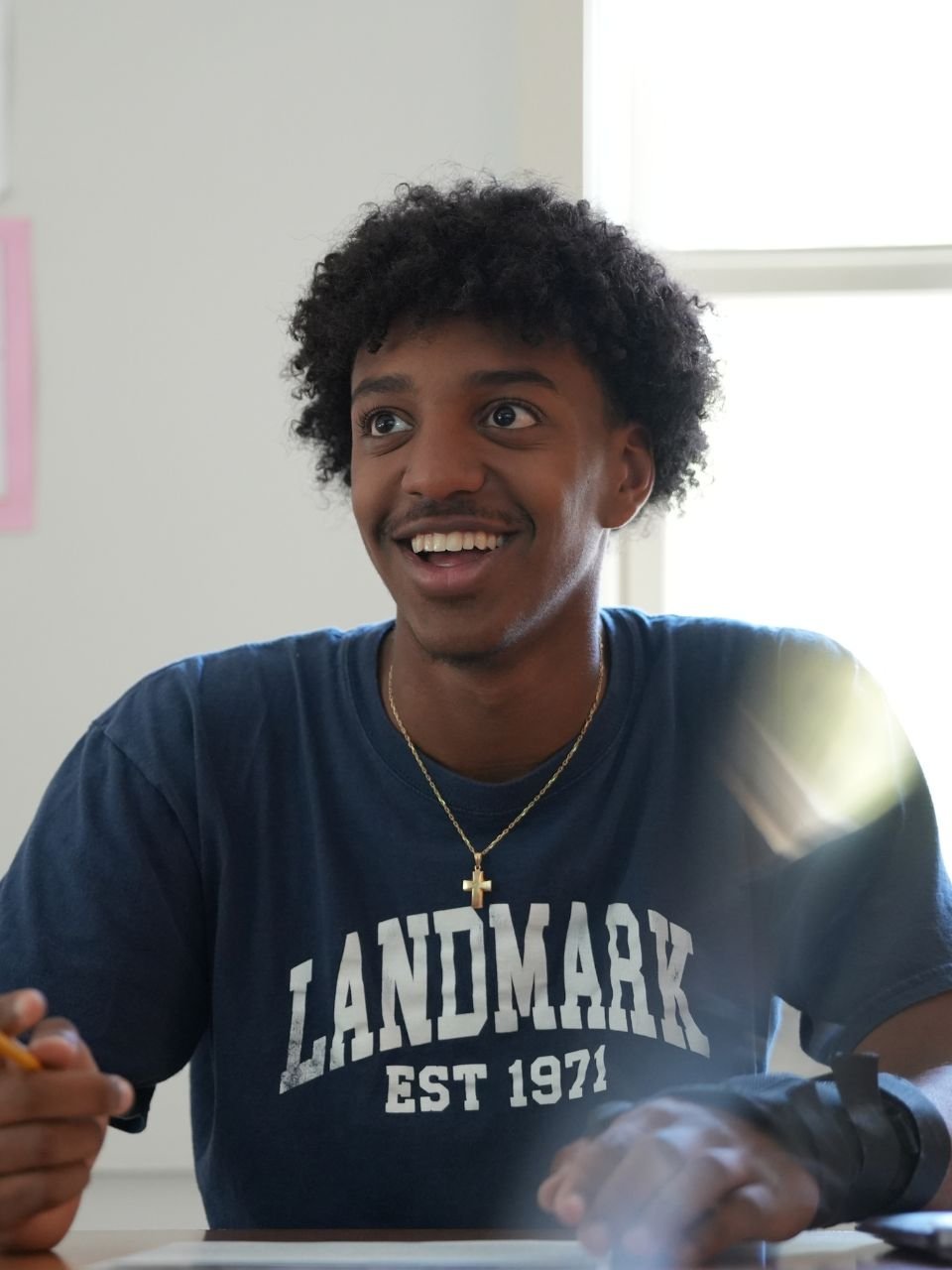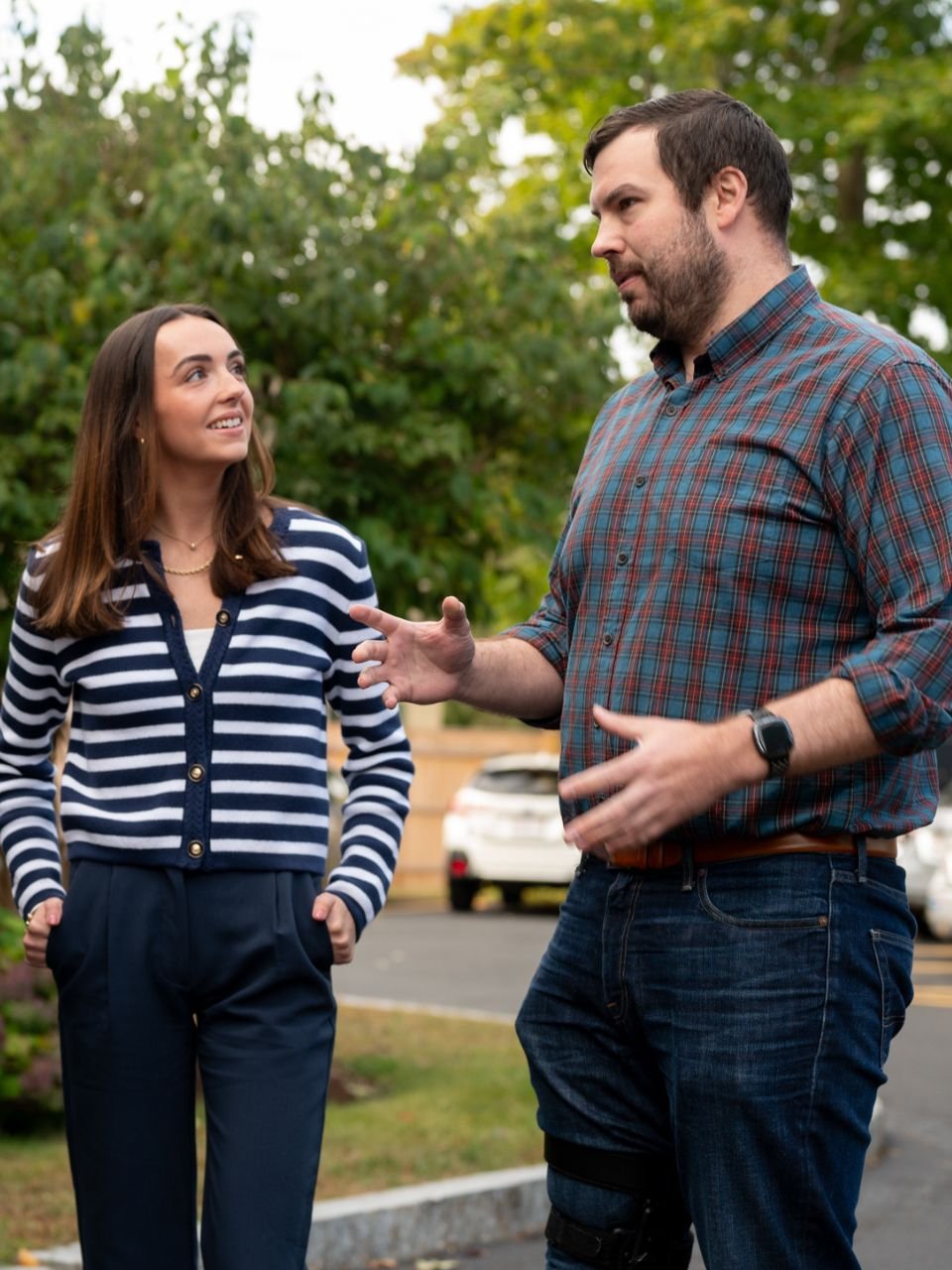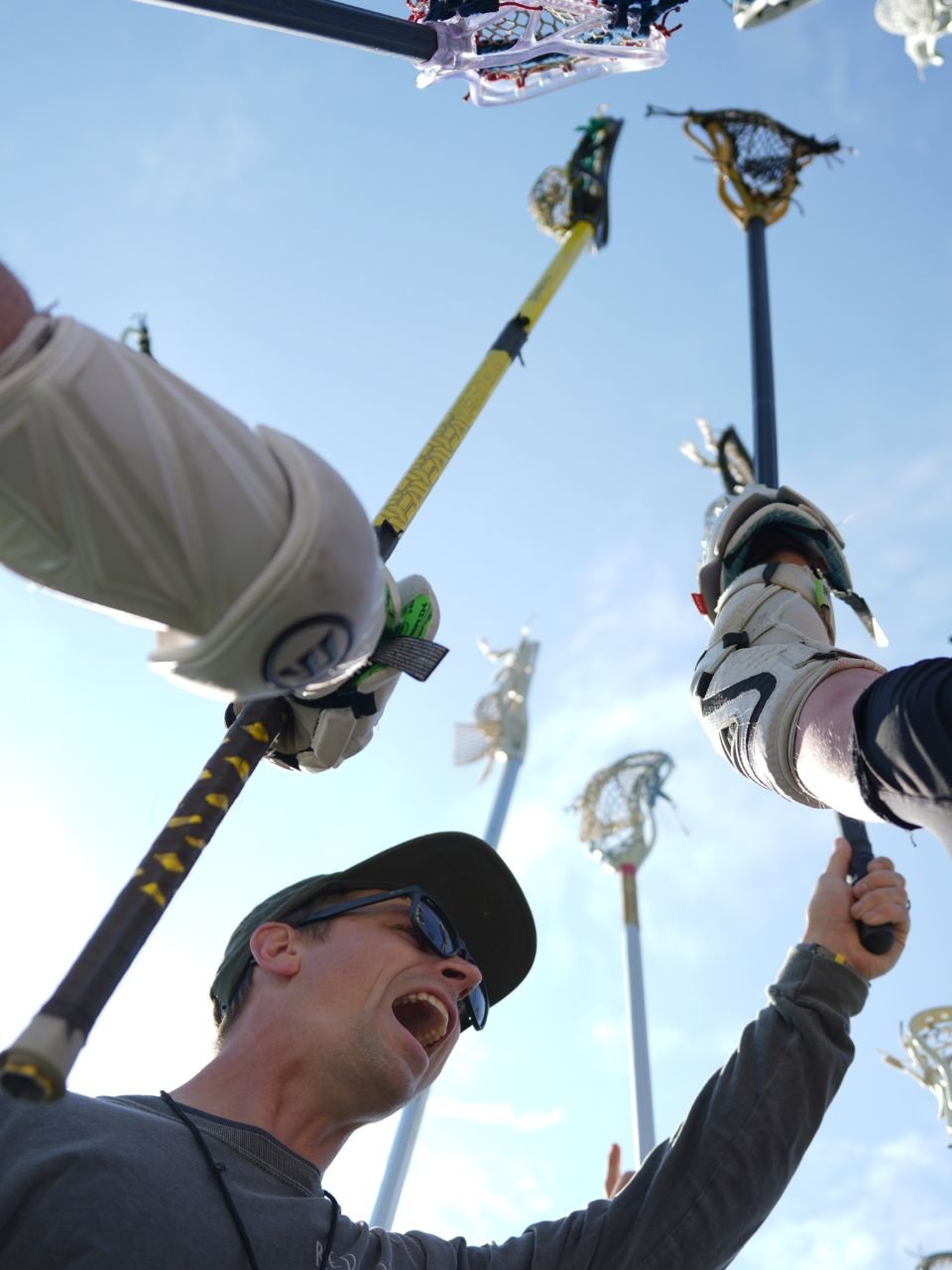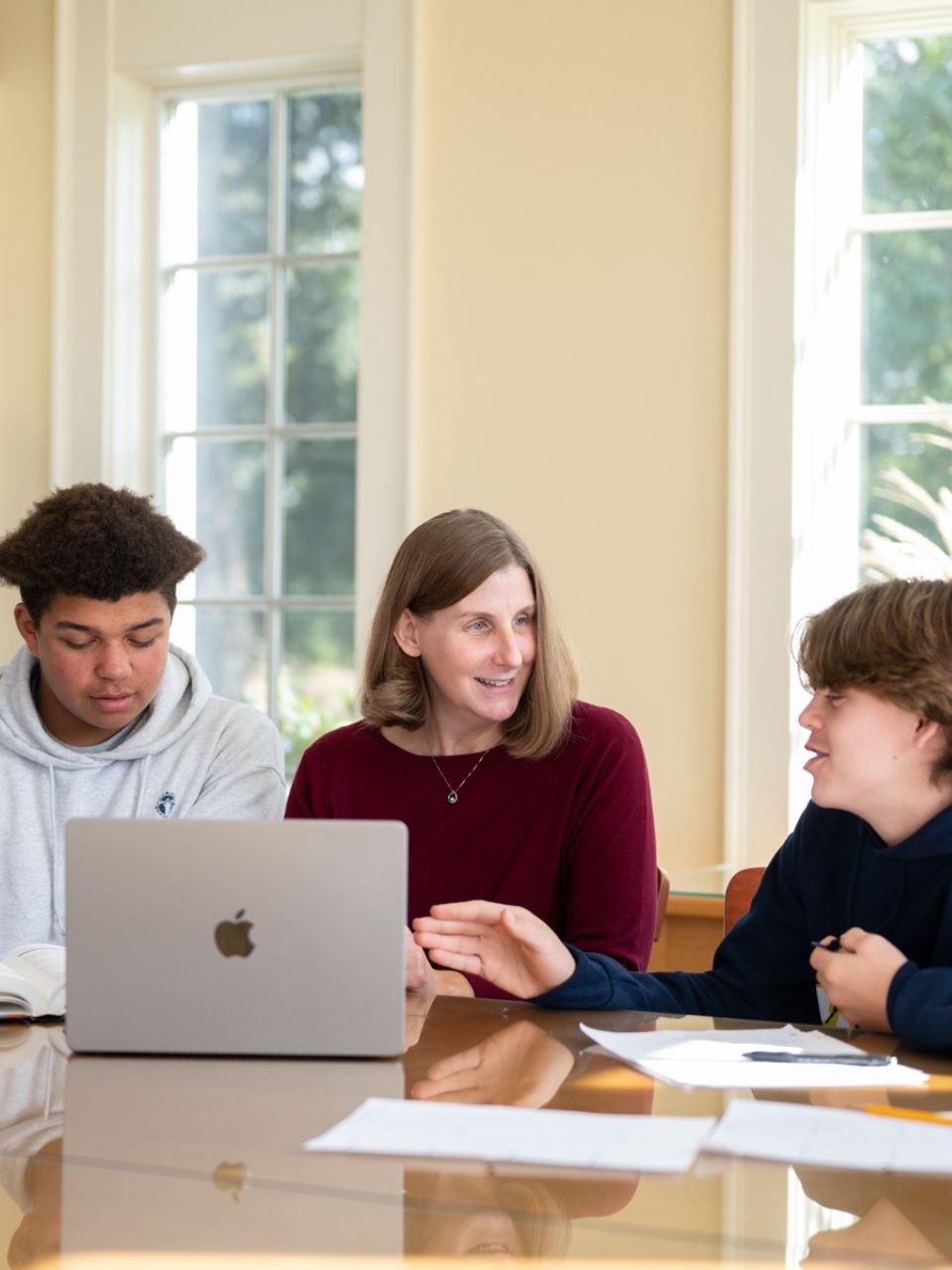- Our School
- Our Advantage
- Admission
- Elementary•Middle School
- High School
- Summer
- Giving
- Parent Resources
- For Educators
- Alumni
« Back
The Importance of Purposeful Play in Early Education
July 30th, 2017
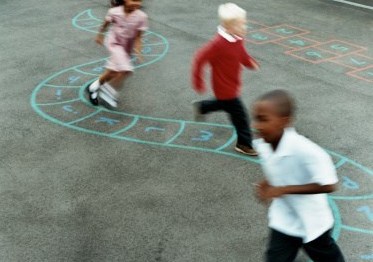
Every time you see a child playing superheroes, digging in the sand, or chasing a classmate at recess, they are playing with purpose. To a casual observer, it may seem like they are just having fun and being kids. But it all has value and meaning to a child. “Purposeful play” can be play that’s guided subtly by educators through games, art, and general fun with the purpose of teaching something specific, or it can be play for the sake of play. Gaming, using interactive toys, and engaging in exercise are examples of purposeful play. “We have to change the narrative of play from something ‘fun’ or ‘cute’ or ‘for when work is done’ to one of play (all play) being purposeful and meaningful for the joyful intellectual and social development for children,” writes Kristi Mraz, author of the book Purposeful Play.
"We have to change the narrative of play from something 'fun' or 'cute' or 'for when work is done' to one of play (all play) being purposeful and meaningful for the joyful intellectual and social development of children."
Play as a Learning Opportunity
Many adults realize that pretending and playing can help children navigate the world around them, but some don’t consider play a part of formal learning. In reality, while they are playing, kids are also developing cognitive, linguistic, and social and emotional skills, according to Shael Polakow-Suransky and Nancy Nager in a New York Times op-ed. While engaging in purposeful play, children “make discoveries, build knowledge, experiment with literacy and math, and learn to self-regulate and interact with others in socially appropriate ways,” writes Vicky Sideropoulos, a teacher at Berkshire Country Day School. “Play is also fun and interesting, which makes school a place where children look forward to spending their time. It is so deeply formative for children that it must be at the core of our early childhood.”
Academics vs. Play Time
However, one of the biggest challenges faced by early education teachers who are working in public school districts today is the lack of support they receive when trying to offer their students more than just a few minutes of free play daily. For decades, physical and art education in public education settings have been scaled back in favor of more time spent on reading and math to improve test scores, even for kindergarteners, despite the fact that free play can lead to better behavior, health benefits, improved social skills, and learning opportunities. Unrelenting class time may not be the best way to improve test scores and learning, said psychologist Kathy Hirsh Pasek. Charlene Kaplan, who is a lead faculty member in the College of Education at Concordia University, further explains that in a “standards-driven educational atmosphere, play is often seen as frivolous and unnecessary and is often eliminated to allow time for more academics. Early childhood education teachers often find themselves facing an uphill battle when trying to explain to administrators why play is one of the most critical components of an early childhood education.” There’s still plenty of opportunity for teachers to model positive behavior and implement different styles of teaching to instill creativity in students. Games involving fictional characters, for example, teach students how to work in groups and interact socially. It’s an opportunity to model desirable responses and identify emotions. Kids playing tetherball, hopscotch, or softball, for example, are learning to count as they pay attention to score, she said. Plus, physical activities increase a child’s oxygen intake, which is vital to the development of the brain. Play-based preschools and more progressive schools with an emphasis on creativity and independence are increasing in popularity as are enrichment programs designed to engage students in intentional movement, such as yoga, meditation, and martial arts. For the benefit of our children, that philosophy should be adopted by public school districts as well.
About the Author:
 Melissa Davidson is a full-time freelance writer with a B.A. in Journalism from the the University of Montana. In a former life, she was a newspaper reporter for several publications throughout the west. When she’s not hovering over a keyboard writing about health, wellness, and social issues, she can be found riding and running on mountain trails with her dog, Romeo, in full pursuit.
Melissa Davidson is a full-time freelance writer with a B.A. in Journalism from the the University of Montana. In a former life, she was a newspaper reporter for several publications throughout the west. When she’s not hovering over a keyboard writing about health, wellness, and social issues, she can be found riding and running on mountain trails with her dog, Romeo, in full pursuit.
Posted in the category Teaching.





